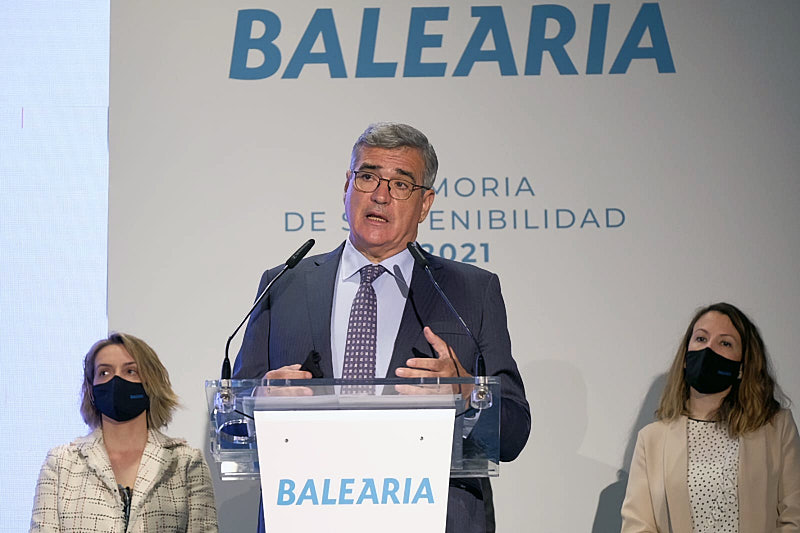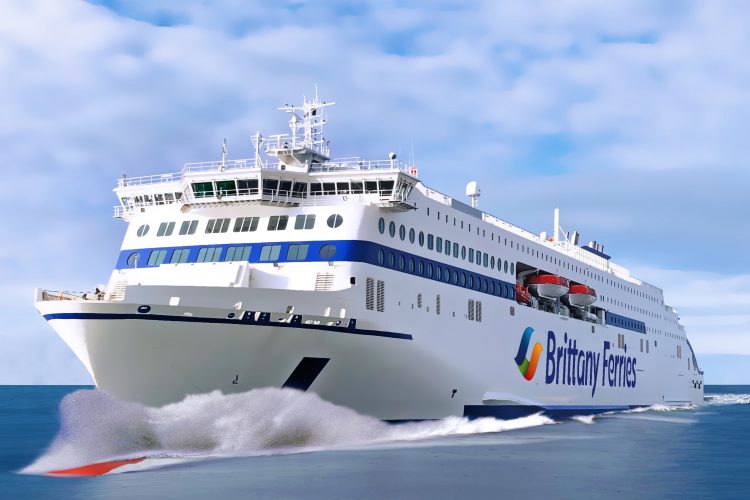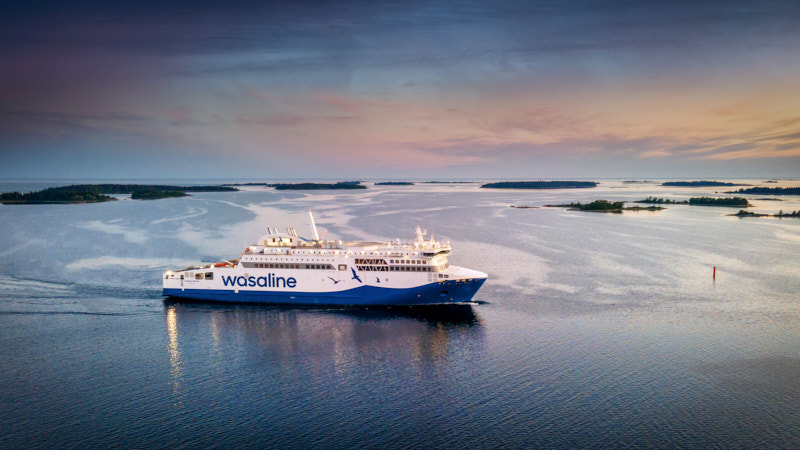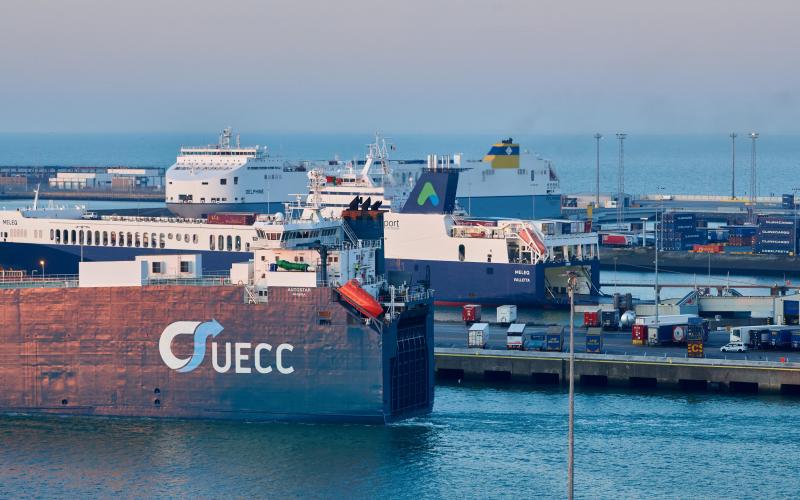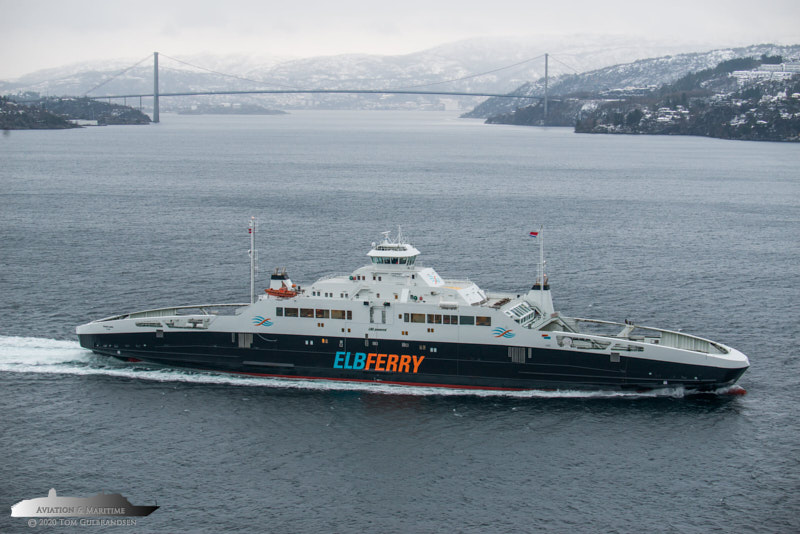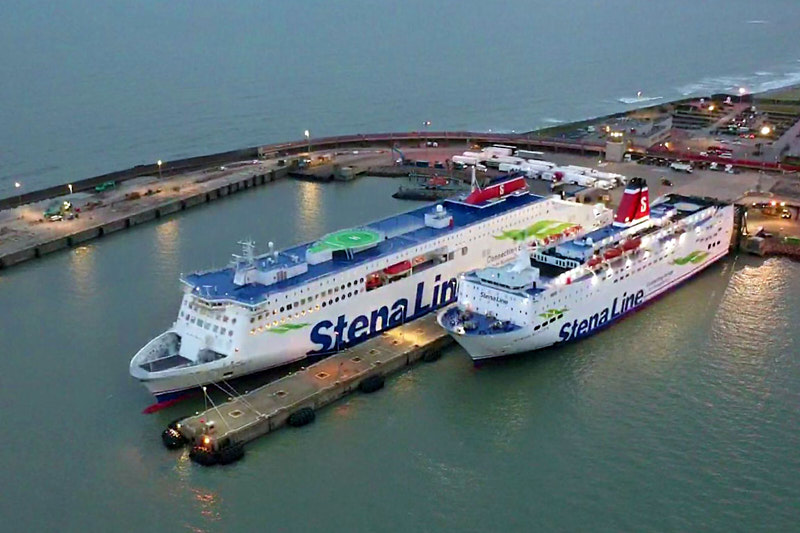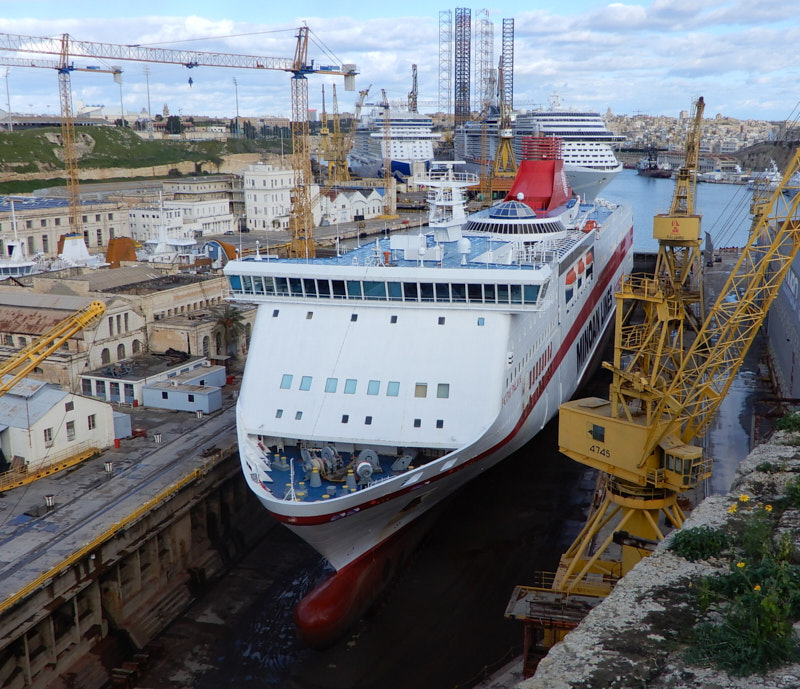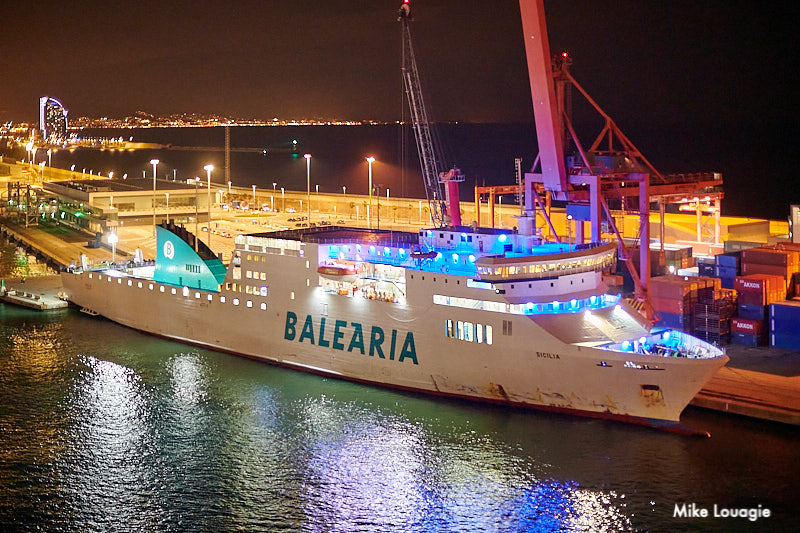In recent weeks, Baleària has increased the consumption of natural gas on its 10 dual-fuel engined ships to 100%.
The shipping company estimates that this will allow it to stop emitting around 80,000 tonnes of CO2 into the atmosphere between June 1st and the end of the year.
In October 2021, in order to avoid becoming less competitive, the shipping company continued to use this cleaner energy only on port entries, approaches and stays.
It should be noted that, despite the temporary reduction in the use of gas due to the adverse circumstances, Baleària maintained its commitment to this fuel, which enables CO2 emissions to be reduced by up to 30%.
As a result, Baleària has added two more gas-powered vessels to its fleet, having completed the retrofit of the HEDY LAMARR in 2022, and chartering the RUSADIR, a RoPax equipped with an electric propulsion system powered by dual natural gas engines, this spring.
Baleària considers LNG to be the cleanest and most mature currently available for maritime transport. Furthermore, their ships are technologically prepared to consume either 100% biomethane or synthetic methane, as well as green hydrogen mixtures of up to 25%, although these CO2-neutral renewable energies are unfeasible at the moment due to their cost and availability.
